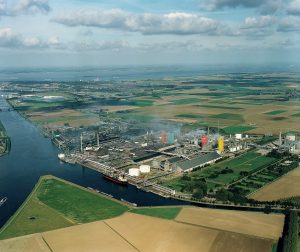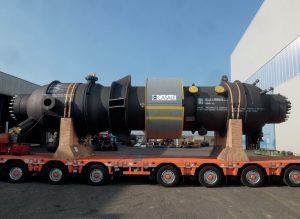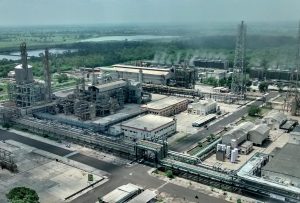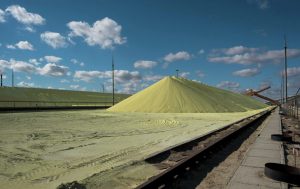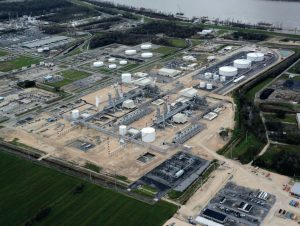
Methanol markets: chemicals to the fore
For some years the fastest growing sector of the methanol market was Chinese olefins production. However, with growth there flattening out, it is traditional chemical uses which are taking over again as drivers of demand growth, with, longer term, a major prospect from fuel and energy applications.

